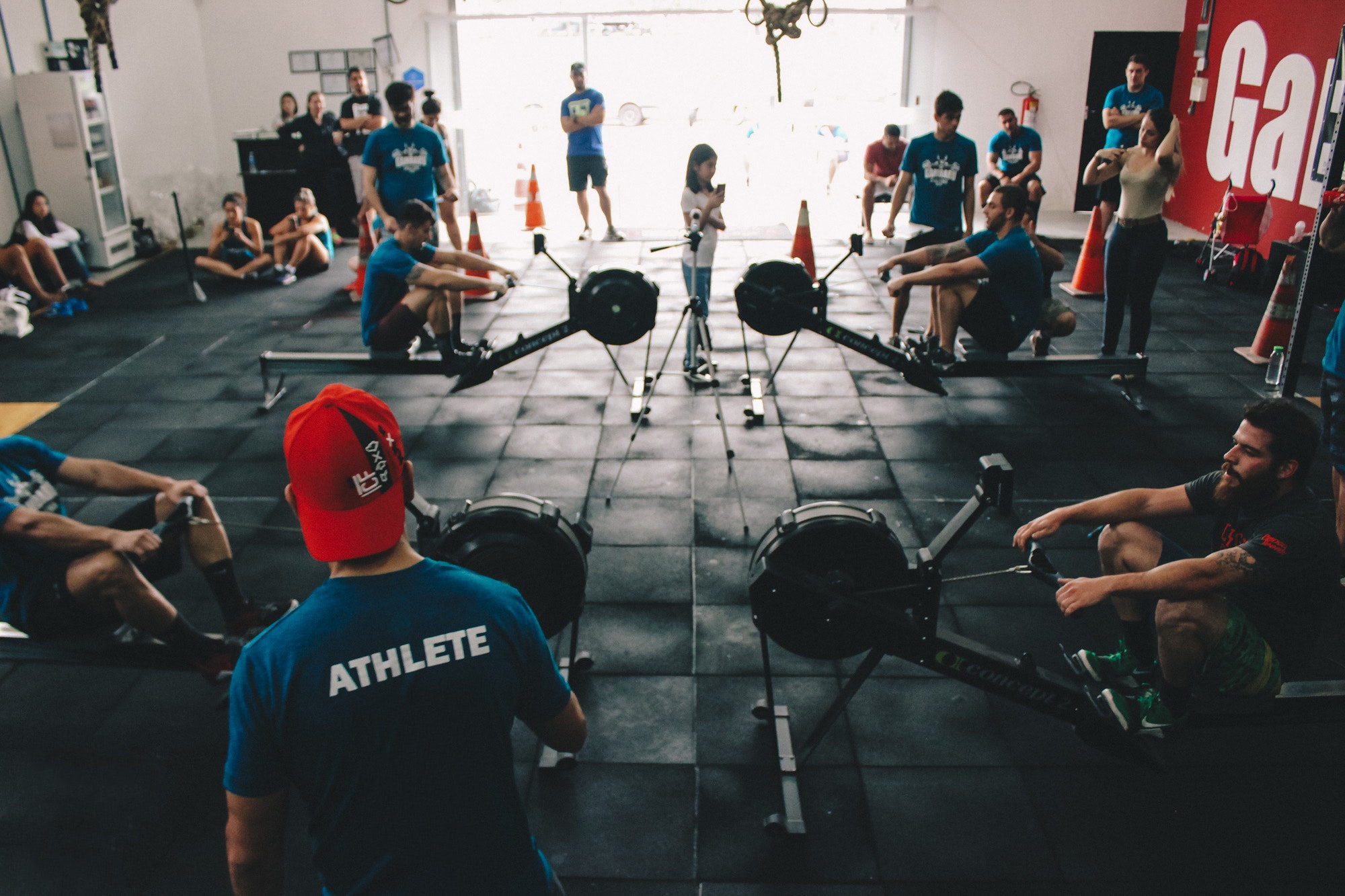When you have a healthcare practice, gaining customers can be quite the conundrum. Unlike other brands that offer services and products for a specific niche, your health care practice may have such a huge target market that zeroing in to appeal to a crowd can be tricky. This might be the reason why it can also be such a challenging thing to create a fully-executable marketing strategy for your practice. This doesn’t mean it’s impossible, though. Sometimes you just need the right kind of push.

In fact, today’s insights for the digital marketing scene make it quite the budding yet challenging field to penetrate for generally all kinds of practices. For instance, Google users actually use the search engine to conduct 100-billion searches every month. Considering that a whopping 81-percent of consumers do rely on research before making their purchases, that’s a whole lot of ground to cover with just Google alone. In fact, 72-percent of consumers who searched locally tend to visit stores within five miles, and given 28-percent of searches pertain to purchases in nearby locations, banking on proper marketing can really get you to places with the right strategy.
Marketing For Your Health Care Practice: Where To Start :
When you have a bit of a conundrum in terms of your healthcare practice, it might be important to first understand where exactly you’re coming from. In the below tips, you may finally be able to zero in on where you’re lacking, and finding the appropriate strategies for you to cope with such a problem. Institutions such as Studio 56 can actually help you solve your marketing woes, but it’s best you approach these groups after trying these out first:
. Make sure you find your voice: When people think of marketing, they normally think it’s just a process of getting people “into” your services or products. The reality of the fact is, marketing really also involves a lot of social relations. Marketing taps into the human aspect of sales, which means if you want to get more sales, your healthcare practice needs to be more “human.” Your offering to provide health care to your customers might be a good plus, but you’ve got to offer them something more than other health services aren’t providing. Before you provide offers or deals, this has to start with the personality of your brand. What’s your brand like? Is it formal and authoritative? Is it caring and motherly? Is it concerned and friendly? There are various voices for you to choose from.
. Make sure your marketing is consistent with your branding: When you think of a brand, one of the best ways to see it visually is to create a logo. When you start your marketing efforts, make sure you apply what you see in your logo in both a literal and metaphorical sense. Apply elements from the logo such as the iconography, typography, colors, and shapes, and apply them to your materials so you can be recognized. Likewise, make sure your logo reflects on the personal values you want your customers to feel. Red, for example, implies passion, yellow implies excitement, green implies nature and health, and others.
. Make sure your website is built for both desktop and mobile devices: If you have a healthcare practice, you’ve got to have your own website. This will be a primary backbone of your presence in the digital space. When you have someone designing your site for you, make sure it’s accessible by both desktop and mobile devices, so anyone can look into your website even when you’re on the go.
. Make sure you understand that speed is key: Regardless of where your customers are in the consumer process, speed is important. For instance, you’ve only got seven (7) seconds of room in order for visitors to get a gist of what your practice is offering for them – you need to make those seconds count. Every time your customer sees a marketing material, make sure your brand’s message is explained clearly and properly. When leads subscribe to your email, don’t leave them hanging and make sure you respond to their queries. When a customer inquires about a sale, make sure to keep them as updated as possible. Any seconds lost is a chance for the competition to steal your customers.
. Make sure availing your service and product is easy to do: What turns off people is the fact that there are too many options for them to choose from. Remember Hick’s Law, where the time it takes for someone to decide is proportional to the number of choices they have. In terms of marketing, this can be a bad sign as long decisions might make people avail of simpler services instead. When you offer a product or a service, make sure you offer them in ways that make them easy to access. Make sure forms are easy to fill out, payments are easy to do, shipping won’t be much of a hassle, and even wish lists are easy to create.
. Make sure you always have a structure built for assessment, reporting, evaluation: One of the most important yet overlooked elements in building a good marketing strategy is the lack of a means of efficient assessment, reporting, and evaluation. Try to make sure there’s always an option for both members of your team and customers to provide feedback about their experience. Mesh this with your actual statistics on your various marketing campaigns in order to get a good look at your performance in the marketing field in general. This pretty much enables you to get a bird’s eye view of what’s working and what’s not, and be able to make the proper adjustments.
The Bottomline: Marketing For Your Health Care Practice Takes Strategy :
Having a healthcare practice to call your own can be quite something to be proud of – after all, you’re doing a lot to be able to help other people with their various needs. However, just waiting for patients to come up your door isn’t exactly the best marketing strategy you should follow to get your returns. If the above is any indication, key marketing tips to gain more customers for your healthcare practice involves planning, execution, exposure, and sustainability. If you’ve ever wanted to make sure your healthcare practice gets the right kind of patients it needs, your marketing needs to be spot on as well.
Read Also :























